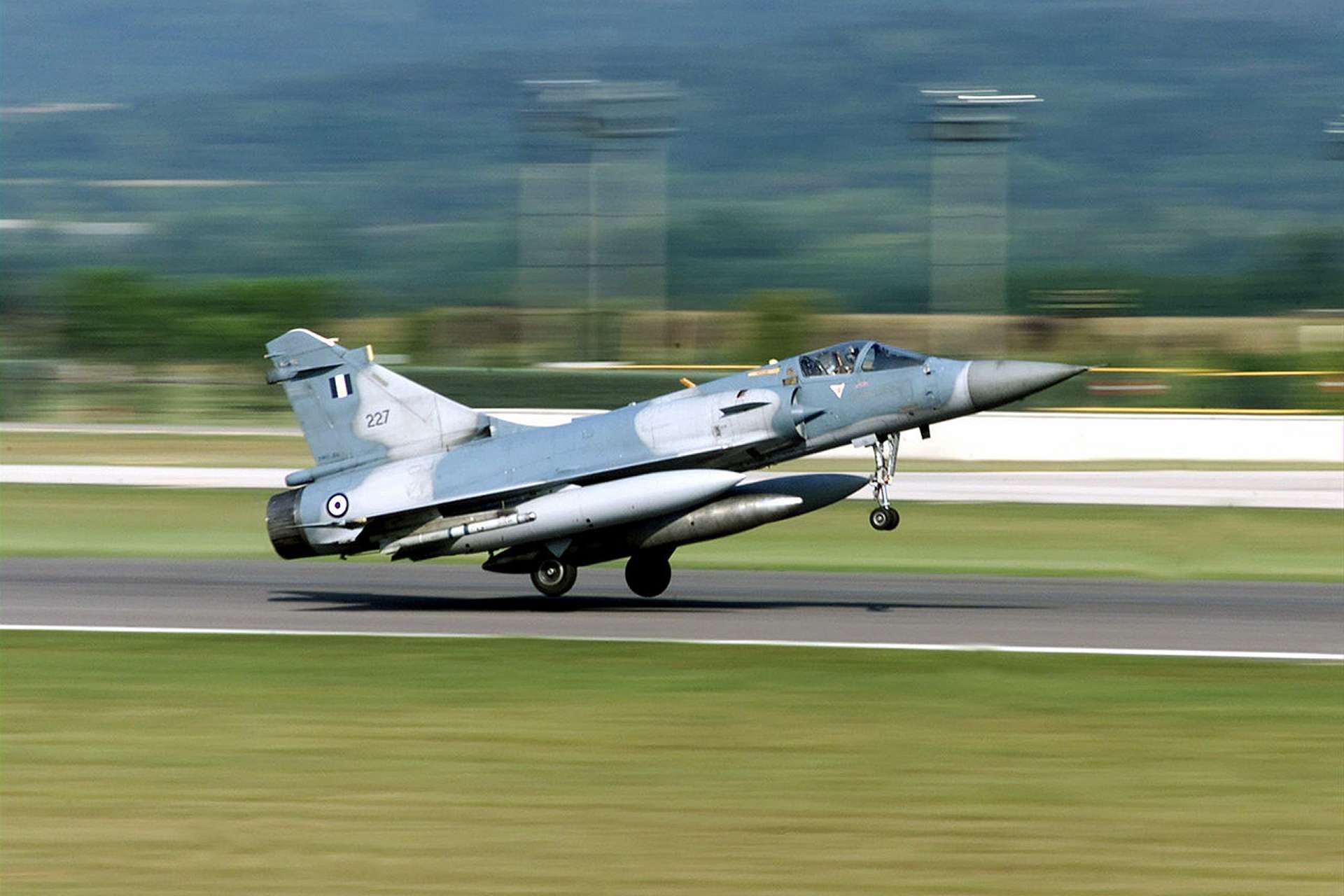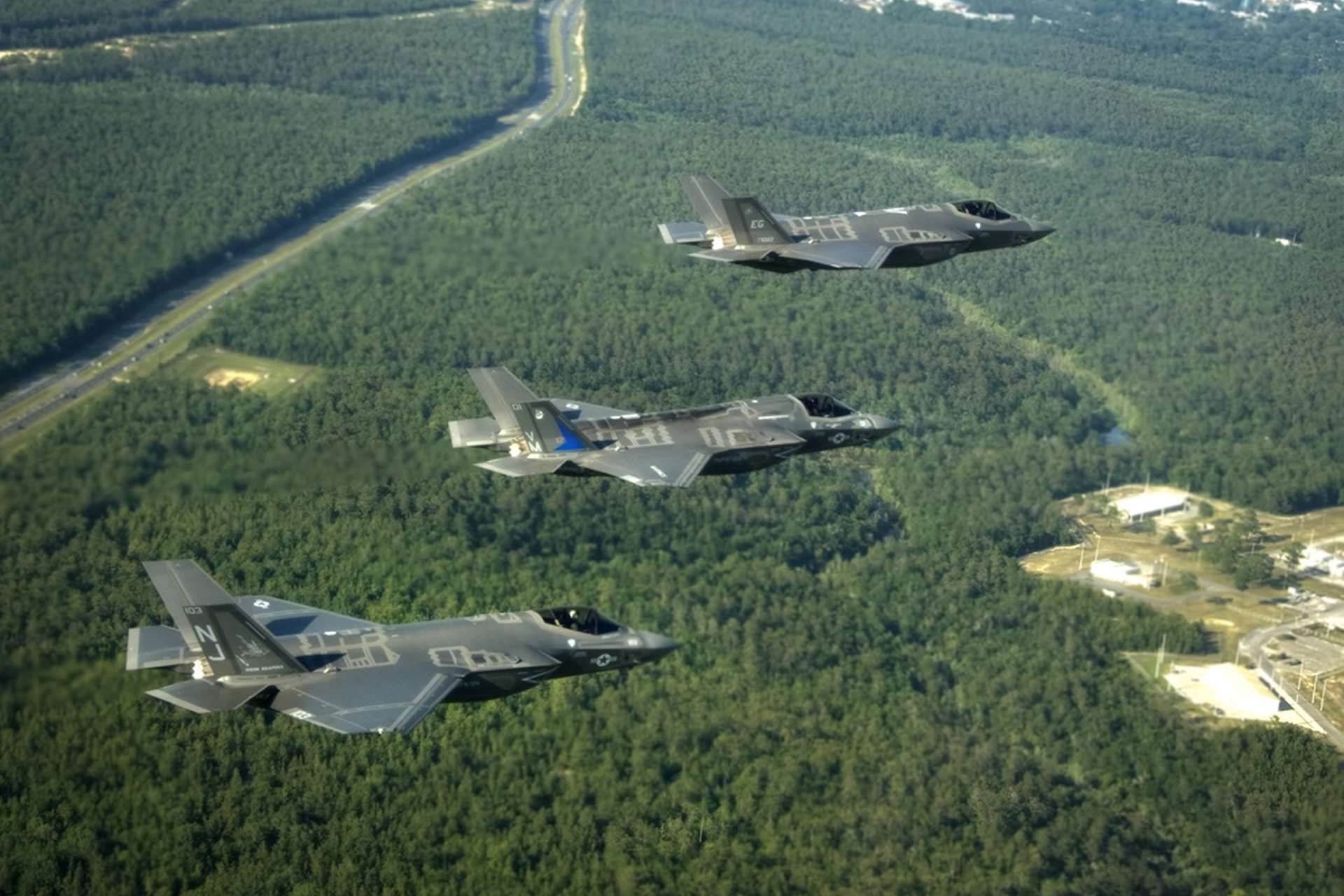Breaking News
Greece purchases 20 F-35A Lightning II stealth fighters with first deliveries expected by 2028.
As reported by OnAlert on July 25, 2024, the Hellenic Ministry of National Defense, through its General Directorate for Defense Investments and Armaments (GDAEE), dispatched a signed Letter of Acceptance (LoA) following the approval from the Government Council for Foreign Affairs and Defense (KYSEA). This letter marks the initiation of a procurement program for 20 F-35A Lightning II aircraft, with an option to order an additional 20 fighters. The delivery of the first fifth-generation fighter jets is anticipated in 2028.
Follow Army Recognition on Google News at this link

The agreement, valued at 3.47 billion euros, includes the procurement of 20 F-35A Lightning II aircraft, with an option to order an additional 20 fighters. (Picture source: US DoD)
The LoA, signed on July 24, 2024, by the Air Force and the Directorate General of Defense Equipment and Investments, includes the supply of two additional engines, four simulators, and the training of pilots and technicians to be certified on the F-35. The agreement, valued at 3.47 billion euros, includes Full Operational Support (FOS) for the first four years post-acquisition, with an option for renewal. The final amount excludes weaponry, which will be acquired through separate agreements following negotiations with the United States.
The production slots at the Lockheed Martin factory have been reserved with the signing of the LoA. The first F-35s are expected to arrive in 2028, but will initially remain in the U.S. for training purposes. Sixteen Hellenic Air Force airmen, including six instructors, will transfer to the U.S. for training. The F-35s are expected to be stationed at the 117th Fighter Wing in Andravida by the 2030s.
The Greek Minister of National Defense, Nikos Dendias, emphasized the importance of the F-35 acquisition, describing it as a major step towards modernizing Greece's military capabilities and enhancing the Hellenic Air Force's deterrence posture in the region. He noted that the decision followed the approval by KYSEA and the briefing of the Hellenic Parliament's relevant committee. The letter's dispatch signals the beginning of contract negotiations, which are expected to conclude shortly.

The F-35A will replace older Hellenic Air Force aircraft, such as the F-4 and Mirage 2000, which are becoming obsolete. (Picture source: US Air Force)
Dendias remarked that the acquisition of the F-35 is a critical component of Greece's "Agenda 2030" and represents a new era for the Hellenic Air Force, as the acquisition will enable Greece to modernize its air force, enhancing its ability to defend its airspace, support NATO missions, and maintain interoperability with U.S. and NATO forces. The F-35A will also replace older Hellenic Air Force aircraft, such as the F-4 and Mirage 2000, which are becoming obsolete.
On January 26, 2024, the U.S. State Department approved a possible Foreign Military Sale to Greece for the F-35 Joint Strike Fighter Conventional Take-Off and Landing (CTOL) aircraft and related equipment, estimated at $8.6 billion. Greece has requested to purchase up to 40 F-35 aircraft and 42 Pratt & Whitney F135-PW-100 engines, including 40 installed and 2 spares. The package also includes AN/PYQ-10 Simple Key Loaders, KGV-135A embedded secure communications devices, Cartridge Actuated Devices/Propellant Actuated Devices (CAD/PAD), impulse cartridges, chaff, and flares.
Variants of the F-35 include the F-35A (CTOL), the F-35B (STOVL) for short takeoff and vertical landing, and the F-35C (CATOBAR) for carrier-based operations. The F-35B includes a lift-fan system for vertical flight, reducing fuel capacity, while the F-35C features larger wings and control surfaces for carrier operations.

Variants of the F-35 include the F-35A (CTOL), the F-35B (STOVL) for short takeoff and vertical landing, and the F-35C (CATOBAR) for carrier-based operations. (Picture source: US DoD)
The F-35A Lightning II, the Conventional Take-Off and Landing (CTOL) variant of the F-35 series, is the smallest, lightest, and fastest version among the F-35 variants, intended to replace older aircraft such as the F-16 Fighting Falcon and the A-10 Thunderbolt II. The F-35A is noted for its stealth capabilities, using durable, low-maintenance structural fiber mats instead of high-maintenance stealth coatings found on legacy stealth platforms, making it less detectable by enemy radar by minimizing the radar cross-section.
The F-35A features the Autonomic Logistics Global Sustainment (ALGS) and the Autonomic Logistics Information System (ALIS), along with a Computerized Maintenance Management System (CMMS), designed to ensure high aircraft availability with minimal maintenance manpower. Its flight control system employs electro-hydrostatic actuators and a power-by-wire flight control system, reducing the need for traditional hydraulic systems and enhancing reliability.
Powered by the Pratt & Whitney F135 mixed-flow after-burning turbofan engine, the F-35A delivers a maximum thrust of 43,000 lbf, with an intermediate thrust of 28,000 lbf. Its integrated power package combines auxiliary power, emergency power, and environmental control into a single system, facilitating engine start and in-flight emergency power.

The cockpit design of the F-35A includes a Helmet-Mounted Display System (HMDS) that projects critical flight data directly onto the pilot's visor, eliminating the need for a traditional head-up display (HUD). (Picture source: US DoD)
The F-35A combines data from onboard and off-board sensors to enhance the pilot's situational awareness and target identification capabilities, facilitating efficient weapon delivery and rapid information relay to command and control nodes. Furthermore, high-speed data communication systems support real-time data sharing and mission coordination.
The cockpit design of the F-35A includes a full-panel-width Panoramic Cockpit Display (PCD), providing an integrated and customizable interface for the pilot, while the Helmet-Mounted Display System (HMDS) projects critical flight data directly onto the pilot's visor, eliminating the need for a traditional head-up display (HUD). Additionally, a speech-recognition system, Direct Voice Input (DVI), is included to enhance the pilot's operational efficiency, and the Martin-Baker US16E ejection seat is designed for high performance, providing safe ejection limits, pilot-load management, and accommodating various pilot sizes.
The F-35A is equipped with advanced sensors and avionics, including the AN/APG-81 AESA radar, which provides high-resolution mapping, ground moving target indication, electronic warfare capabilities, and ultra-high bandwidth communications. The AN/AAQ-37 Distributed Aperture System (DAS) offers spherical coverage around the aircraft for missile detection, tracking, and situational awareness. The Electro-Optical Targeting System (EOTS), integrated into the fuselage with a low-drag, stealthy design, provides precision targeting capabilities. Sensor fusion integrates data from radar, DAS, EOTS, and other sensors to create a comprehensive tactical picture for the pilot.
The F-35A is designed for air superiority and strike missions, capable of engaging in air-to-air combat, air-to-ground attacks, and close air support. Its network-centric warfare capabilities allow it to operate within a networked environment, sharing sensor data and tactical information with other assets. The aircraft is expected to match the maneuverability and high-g performance of the F-16, with better capabilities in stealth, payload, range on internal fuel, avionics, operational effectiveness, supportability, and survivability.


























